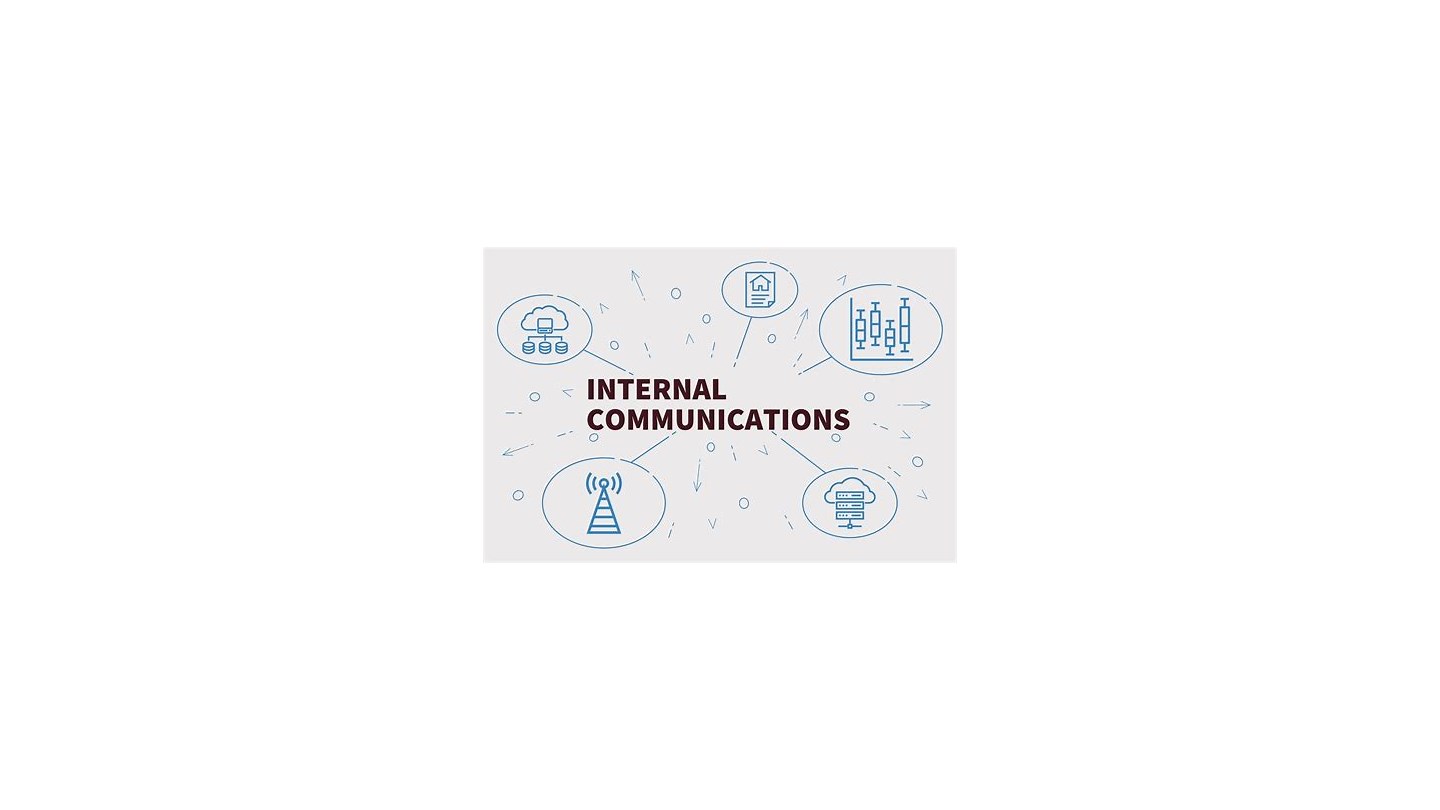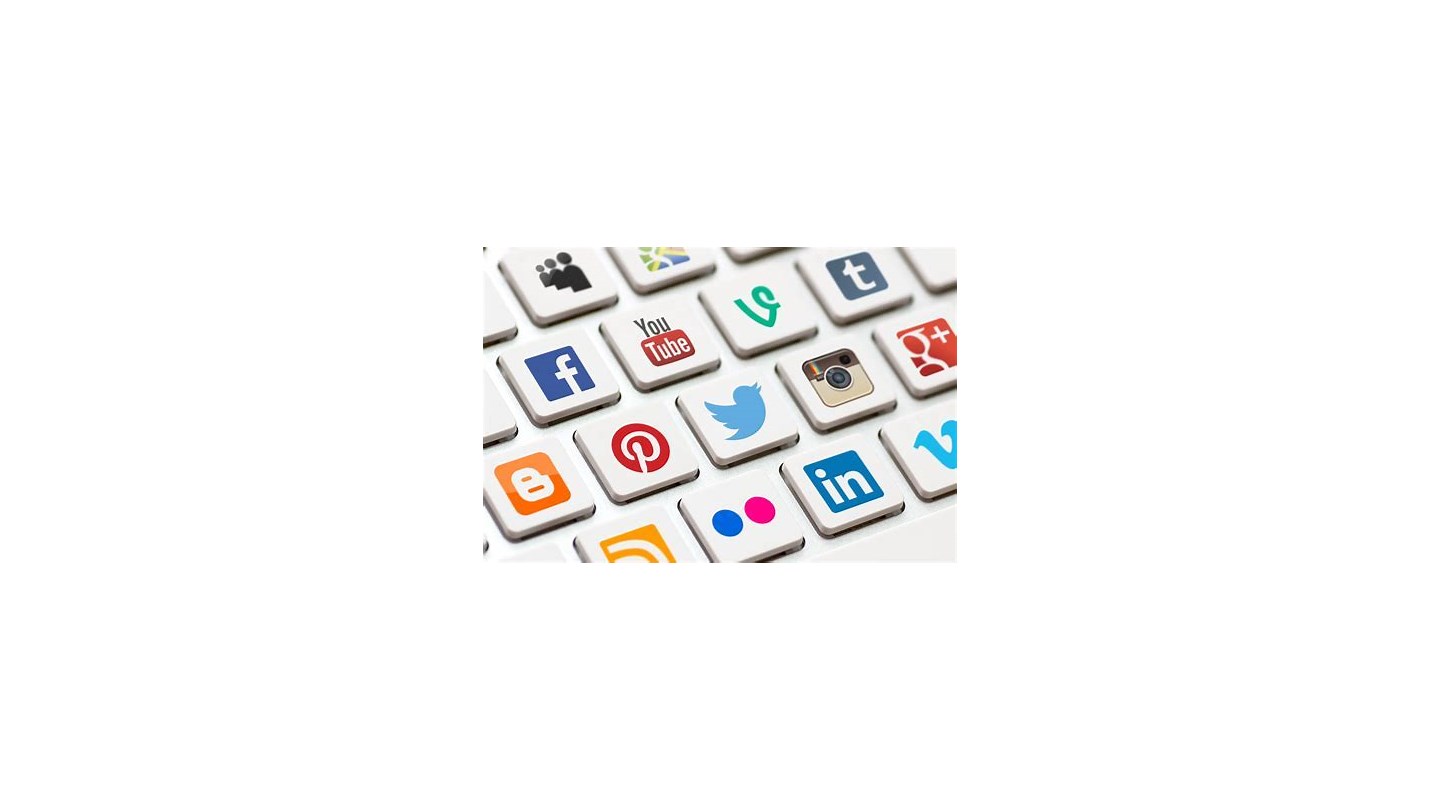Understanding Internal Communication

Internal communication refers to the exchange of information among individuals, teams, and departments within an organization. It is an essential aspect of organizational culture, facilitating the smooth operation of daily activities, and helping employees align with the organization’s goals. There are various types of internal communication methods that organizations can use to enhance employee engagement and productivity. In this article, we will explore the most common types of internal communication methods to help you effectively implement internal communication in your organization.
Face-to-face Communication

Face-to-face communication, also known as interpersonal communication, is the most traditional and effective means of internal communication. It involves verbal and nonverbal communication between two or more individuals in the same physical location. It allows employees to share thoughts, opinions, and ideas freely, and provides a sense of community within the workplace. Face-to-face communication also enables employees to build personal relationships, which can boost engagement and collaboration.
Face-to-face communication can take on various forms such as team meetings, one-on-one conversations, or group discussions. For instance, managers and team leaders can hold regular meetings to discuss progress and update employees on companywide information. One-on-one conversations, on the other hand, allow managers to provide feedback and address individual concerns or issues. Group discussions can facilitate problem-solving and encourage employees to share their opinions and ideas, which can lead to increased innovation.
The benefits of face-to-face communication go beyond exchange of information. It fosters a sense of trust, empathy, and camaraderie among employees, which can lead to increased employee satisfaction and retention. It is a vital internal communication method that organizations should encourage and prioritize.
Email Communication

Email communication is an electronic means of internal communication that involves sending and receiving messages using email platforms. It is a convenient means of communication, especially when employees are working remotely or in different departments. Email communication allows for the exchange of detailed information and attachments, making it ideal for sharing files, memos and other official communication.
However, email communication can be impersonal and at times ineffective. The recipient might misinterpret the message, leading to miscommunication. It is also easy for important emails to get lost among the clutter of emails in an employee’s inbox. Managers should ensure that important emails are highlighted and followed up on if necessary.
Instant Messaging

Instant messaging is an online chat system that enables real-time communication between individuals in the workplace. It is ideal for quick questions or clarifications that don’t require face-to-face communication. It is also useful for remote employees who need to communicate with colleagues in a different location. Instant messaging platforms like Slack, Microsoft Teams, and WhatsApp allow for the creation of chat groups, making it easy for teams to communicate and collaborate.
However, instant messaging can be distracting and sometimes counterproductive. It can lead to non-work-related conversations that eat up employees’ time and lead to reduced productivity. Managers should set guidelines on the use of instant messaging, emphasizing that it should be used only for work-related communication during work hours.
Social Media

Social media platforms such as Facebook, LinkedIn, and Twitter can be used to facilitate internal communication among employees. They allow for the creation of groups that can be used for team collaboration, sharing of updates and information, and team bonding. Social media can also facilitate knowledge sharing amongst employees, which can improve overall productivity.
However, social media can also present several challenges. It is easy for employees to get distracted by non-work-related content when accessing social media. Also, social media platforms have privacy concerns, and sensitive company information might leak through a social media platform.
Organizations should consider setting up internal social media accounts that are accessible only to employees. They should also provide guidelines on proper use to ensure that social media is used for productive communication only.
In conclusion, internal communication is crucial for effective management and the smooth running of day-to-day activities within an organization. Understanding the various types of internal communication methods can help organizations select the best method that suits their needs. In summary, face-to-face communication, email communication, instant messaging, and social media are some of the most common and effective internal communication methods. Managers should prioritize the use of face-to-face communication while integrating the other methods where necessary.
Types of Internal Communication
Internal communication is a crucial aspect of any organization that facilitates the smooth and efficient functioning of the business. The internal communication channels within an organization can include several methods, and these are primarily used to share information between departments, teams, and employees in a company.
Formal Internal Communication
Formal internal communication refers to the set of communication methods that have been officially sanctioned and established by the organization to circulate information. It is mostly used for disseminating information from the upper echelons of management or across the organization. It includes email memos, organizational newsletters, executive speeches, policy manuals, and regular team meetings.
Memos are a written communication between employees and are generally used to communicate information of higher importance. Newsletters are produced regularly and are distributed to employees to keep them updated on the current happenings throughout the company. Executive speeches are usually delivered by high-level executives or CEO at company-wide meetings or events and are used to communicate significant changes, goals, and vision of the company. Policy manuals summarize the policies and procedures of the company, outlining what is expected from employees. Regular team meetings are used for collaboration, brainstorming, and providing updates on the progress of various projects.
Informal Internal Communication
Informal internal communication, on the other hand, is a less structured and unregulated form of communication. This kind of communication takes place between colleagues within an organization. It is usually personal and casual in nature and creates a sense of camaraderie and belongingness among teammates. It can occur through face-to-face conversations, social media, texting, phone calls, and instant messaging platforms.
Face-to-face conversations can offer a more comfortable and personal interaction style, which can hit some benefits over and above formal communication. Although some employees may not prefer working in an environment where everyone is familiar, social media can also be used as an effective channel of internal communication. It helps create a sense of community and connection among employees, which strengthens working relationships between colleagues. Texting and instant messaging platforms help employees have quick check-ins and provide updates on tasks without the need for face-to-face meetings.
Effective internal communication plays a significant role in maintaining employee engagement and satisfaction within an organization. A well-thought and structured communication plan will ensure that relevant information is shared with the right people at the right time, resulting in a cohesive and collaborative workforce.
Benefits of Effective Internal Communication
Effective internal communication is a vital component of any successful organization. It refers to the process of sharing information, ideas, and thoughts within a company or organization. When employees communicate effectively, they can solve problems, make better decisions, and work towards common goals. In this article, we will discuss the benefits of effective internal communication in three subtopics.
Boosts Employee Engagement
Effective internal communication is essential for boosting employee engagement. It creates a sense of unity and encourages employees to work together towards common goals. When employees feel connected to their organization and their coworkers, they are more likely to be motivated and take pride in their work. They become more engaged with their work and are more likely to work harder and produce higher quality results.
Employers who foster effective internal communication create an environment where employees are comfortable to express their thoughts and ideas. This creates a positive and collaborative work culture, increasing employee satisfaction. Furthermore, communication opportunities such as workplace meetings, internal communications tools, and team projects can open up opportunities for employees to share and build on ideas, boosting creativity and innovation.
Increases Productivity
Effective internal communication has been proven to increase productivity. When employees understand their roles and responsibilities, they can perform their tasks more efficiently. Communication plays a central role in providing employees with the information they need to complete their tasks. Clarity in communication can help employees set clear expectations, prioritize tasks, and make informed decisions.
Internal messaging systems, regular meeting opportunities or town hall settings are good examples of effective internal communication strategies for productive workplaces. These methods allow employees to connect with team members, managers or industry experts instantly and in real-time. The result is an environment where employees feel supported and empowered to engage in conversation and collaboration, ensuring work is completed accurately, and on time.
Enhances Employee Satisfaction
Effective internal communication can have a positive impact on the overall job satisfaction of employees. When employees are happy with their jobs, they are more likely to stay with their employer, reducing turnover rates. Providing opportunities for open communication, listening to feedback and applying regular communication can actually support better retention rates.
Good workplace communication boosts employee morale, creating a sense of unity among team members, and providing dependable leadership, improving the overall employee experience. Satisfaction stems from effective two-way dialogue, building connections with colleagues and feeling a sense of personal investment in the organization’s overarching goals and objectives.
In conclusion, effective internal communication is important because it creates a positive, productive, and satisfying work environment. By communicating effectively, employees can work together towards common goals, make better decisions, and ultimately, increase the overall success of the company or organization. Invest in effective communication strategies to boost your business or organization’s internal community, and create positive employee experiences for all.
Internal Communication Strategy
Internal communication is the exchange of information and ideas between people within an organization. A clear communication strategy can make a significant impact on a company’s overall success. Here are the different types of internal communication strategies:
1. Formal Communication
Formal communication is any type of communication that is used to convey official company information. It follows a specific format and is usually written. Examples of formal communication methods include company memos, newsletters, and staff reports. Formal communication is often used to announce policy changes, introduce new initiatives, and communicate company goals.
2. Informal Communication
Informal communication is any type of communication that is used to convey personal information between employees. This type of communication takes place outside of the formal channels and is usually verbal. Examples of informal communication methods include chatting with colleagues during breaks, sending personal emails, and text messages. Informal communication is essential for building strong relationships between coworkers, improving teamwork, and increasing job satisfaction.
3. Horizontal Communication
Horizontal communication is the exchange of information between employees of the same level within an organization. This type of communication is essential for collaboration and decision-making. Examples of horizontal communication methods include peer-to-peer discussions, team meetings, and brainstorming sessions. Horizontal communication is often used to share ideas, solve problems, and provide mutual support.
4. Vertical Communication
Vertical communication is the exchange of information between different levels of employees within an organization. It flows from the top down (i.e., management to staff) or from the bottom up (i.e., staff to management). Examples of vertical communication methods include employee surveys, performance reviews, and company-wide announcements. Vertical communication is used to broadcast information, establish direction and policies, and provide feedback and guidance to employees.
Effective communication strategies are essential for building a positive company culture, improving productivity, and achieving overall success. By understanding the different types of internal communication strategies available, companies can choose the most effective methods to achieve their goals.

